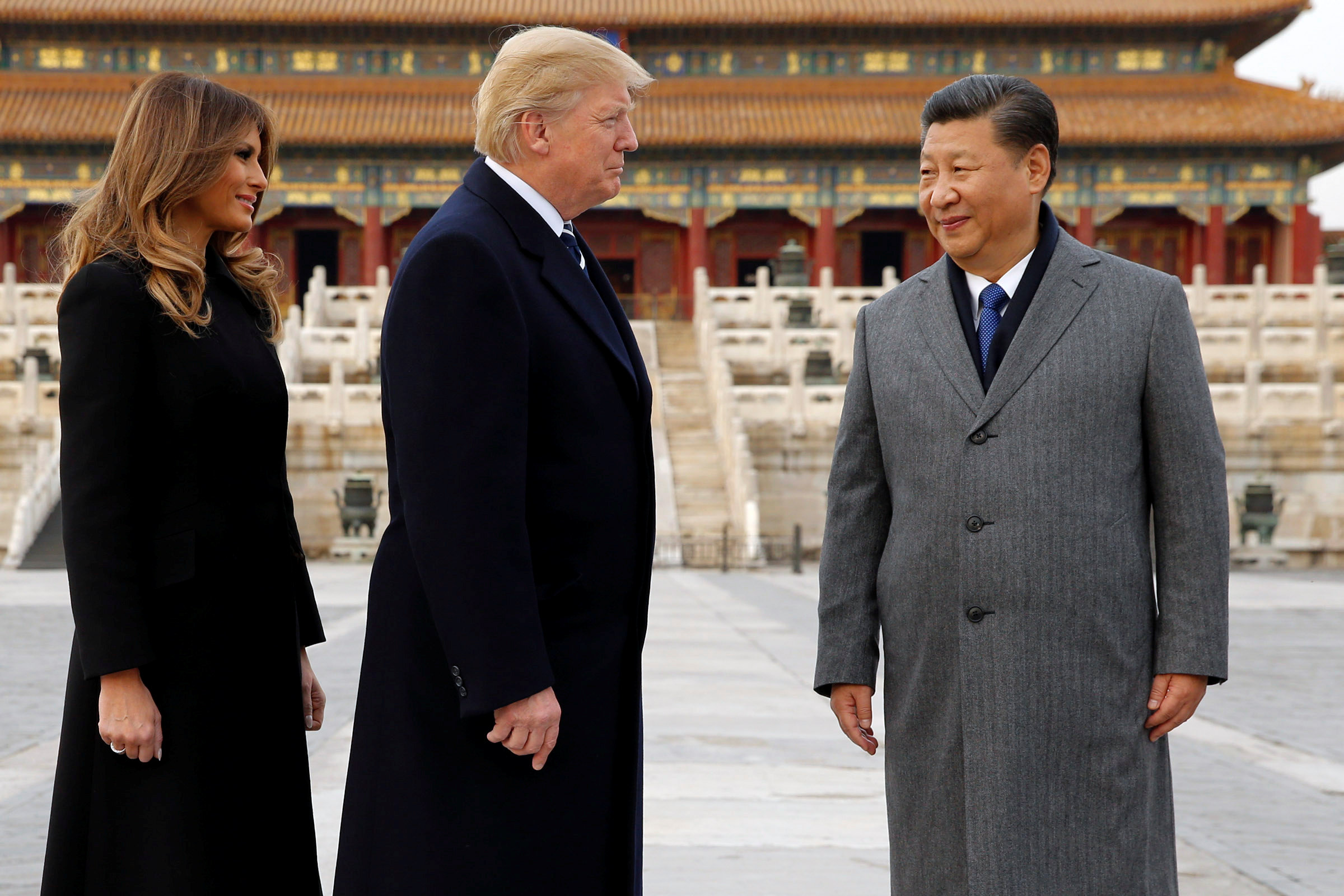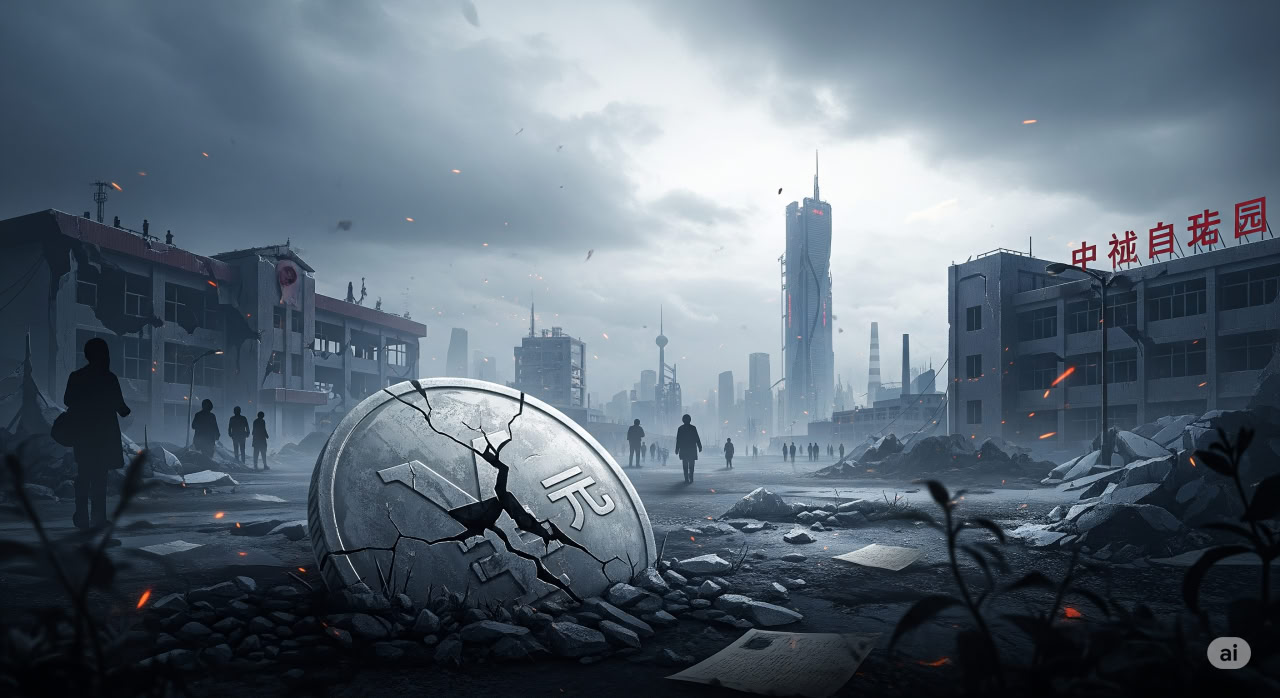John Bolton doesn’t mince words when it comes to Iran, and his recent appearance on CBS’s “The Takeout” offered a characteristically stark assessment of where things stand after the recent U.S.-Israeli strikes on Iranian nuclear facilities. What emerges from his analysis is a picture of a regime teetering on multiple fronts—economically, politically, and militarily.
The former Trump national security advisor argues that waiting decades to act against Iran’s nuclear program has only made the problem worse. “We’ve made the situation worse by waiting 20, 25 years before taking effective action,” he insisted, framing the recent strikes as necessary but incomplete. While the damage was substantial, Bolton was careful to note it wasn’t “total and complete obliteration”—though it certainly wasn’t a slap on the wrist either.
What’s particularly striking about Bolton’s analysis is his conviction that this moment presents an unprecedented opportunity. He believes Iran’s theocratic government is at its most vulnerable point since the 1979 revolution, citing a confluence of factors that reads like a textbook case for regime instability. The economy has been in shambles since 2018, with widespread protests brutally suppressed but never fully extinguished. Meanwhile, 60 percent of Iran’s population is under 30—a generation that can see alternative ways of life just across the Gulf in Arab states.
The ethnic dimension adds another layer of complexity. Non-Persian groups—Azeris, Kurds, Baluchis, and Arabs—make up nearly half the population and harbor deep resentment toward the ayatollahs. Bolton pointed to the murder of Mahsa Amini as a crystallizing moment, when Iranian women essentially rejected the religious authorities’ claim to speak for God on matters of dress and behavior.
Frankly, Bolton’s push for regime change isn’t surprising given his hawkish history, but his argument that “America First” and regime change aren’t mutually exclusive deserves attention. He noted that Trump himself has recently used the phrase “regime change,” suggesting the administration’s position may be more fluid than initially advertised. The logic, as Bolton sees it, is straightforward: as long as Tehran’s current leadership remains in power, it will continue funding Hamas, Hezbollah, the Houthis, and other proxy groups while pursuing nuclear weapons.
On Ukraine, Bolton’s frustration with the administration’s decision to withhold some armament shipments was palpable. He dismissed the argument that providing weapons to Ukraine would deplete American reserves, calling it the “worst time to show any sign of weakness to Putin.” His point about Congress having 82 senators ready to support sanctions against Russia—if only Trump would give the green light—reveals the curious dynamic where legislative appetite for confrontation exceeds executive enthusiasm.
What’s troubling, from Bolton’s perspective, is the administration’s apparent reluctance to fully commit to either theater. On Iran, he sees a moment of maximum leverage being potentially squandered. On Ukraine, he views hesitation as an invitation for Russian aggression. Whether one agrees with his hawkish prescriptions or not, Bolton’s assessment highlights the complex calculations facing an administration that campaigned on ending foreign entanglements but finds itself managing two critical theaters simultaneously.
The question hanging over all of this is whether Trump will ultimately embrace the more confrontational approach Bolton advocates, or whether his instinct to avoid deeper commitments will prevail. If history is any guide, the answer may depend less on strategic calculations than on Trump’s personal feelings about being challenged or undermined—a dynamic that makes predicting American foreign policy particularly difficult in this moment.


